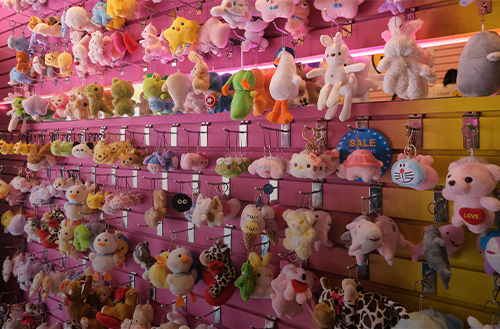

-
-
- 메일 공유
-
https://stories.amorepacific.com/en/amorepacific-book-fandom-food-for-the-soul-or-just-a-taste
Book Fandom: Food for the Soul, or Just a Taste?
A Veteran Fan Marketer’s Exploration of Fandom Marketing #4

Columnist
Se-hee Park eSpoir MC Team


Source: Unsplash’s Patrick Tomasso
1 A Taste Without Reading
How many books do you read in a year? According to the “2023 National Reading Survey” published by the Ministry of Culture, Sports and Tourism in April, the overall adult reading rate in South Korea stands at just 43%. This means that 6 out of 10 people did not read a single book in the past year. It’s a sobering figure, pointing to a significant decline in reading culture.
Yet, in contrast, there are instances where crowds have flocked to events centered around books. For example, the “2024 Seoul International Book Fair,” held in June, attracted an astonishing 150,000 visitors, according to the Korean Publishers Association.
Experts offer a wide range of interpretations for these two seemingly contradictory trends. Some take a negative view, lamenting the erosion of the fundamental value of books, while others hold out hope that even brief interactions with books may keep interest alive. From a marketer’s perspective, the key observation is that ‘how people consume books is changing.’ Rather than sitting down to thoroughly read a book from cover to cover, it seems we’ve entered an era where people sample a variety of books based on their interests. In this column, we’ll delve into the topic of books, book fandom, and what all this means for marketing.
2 4 in 10 People Sample Books
Not long ago, I picked up a bestselling collection of essays. With adult reading rates so low in Korea, I was curious—what kinds of books are selling? After finishing the book, I analyzed the customer reviews on significant book retail sites to understand better why people were purchasing it. By categorizing the comments, I noticed several trends emerging:
1. Easy-to-Read Books
- “It’s effortless to read,” “Not particularly elegant writing, but” “A light read.”
- These books aren’t overly technical or profound, making them accessible to anyone.
2. Books Without Continuity
- “I just flip through it now and then,” “Great for occasional reading,” “Nice to keep on hand.”
- These books don’t require sustained attention and can be read in any order.
3. Comforting Books
- “It’s comforting,” “It brings peace of mind,” “Healing.”
- Rather than reprimanding or instructing the reader, these books offer solace and tranquility.
4. Trendy Books
- “It’s just so current,” “Bought it after seeing an ad on social media,” “Famous on Instagram.”
- These books are well-suited for going viral on social media platforms that communicate through short-form content and images.
While these traits don’t necessarily define every bestseller, they provide insight into the kinds of books that appeal to light book enthusiasts—people who prefer to sample books rather than fully commit. Additionally, the book I read was re-released as a limited edition to mark its 100,000th copy sold, with a blank space on the cover where readers could write their names. It performed well on KakaoTalk’s gift-giving platform, likely because it was an easy, non-committal gift. This is a prime example of marketing that has successfully identified and positioned itself to cater to the increasingly segmented tastes of book fandom.
3 Where Book Trends Converge
Let’s examine the Seoul International Book Fair, which attracted 150,000 attendees.
The fair was first launched in 1954 as the ‘Seoul Book Fair,’ and it expanded in 1995 into its current form as an international event, making it the most prominent book exhibition in South Korea. Despite declining annual reading rates, the 2024 event saw a 15% increase in visitors compared to the previous year, with over 470 publishing organizations participating. The fair offers a unique opportunity to discover new books, engage directly with authors, and experience curated perspectives. But what marketing strategies captured the hearts of book fandom at this event?
1) “I’ll Take One!”—Random Merchandise

Source: Seoul International Book Fair (SIBF) Official Instagram (@sibf_official)
Even without making a purchase, visitors could easily pick up free souvenirs, which have become a popular attraction at the fair. One standout was the ‘Literature Vending Machine’ from ‘91℃,’ a favorite among attendees for several years. By pressing one of two long or short text buttons, visitors received a printed receipt with a sentence and promotional messages from participating booths. This playful interaction made visitors engage with the text effortlessly, sparking more significant interest in books and publishers.
Another memorable giveaway was the ‘Sentence Bookmark’ distributed at the 2023 fair. I, too, picked up a bookmark that now adorns my wall, serving as a keepsake. The bookmark, succinctly encapsulating the fair's theme, made for a meaningful memento.
2) Limited Editions That Sparked a Frenzy

Source: Minumsa Official Instagram (@minumsa_books)
Minumsa,’ a renowned publisher, offered a limited-edition product exclusively for the Seoul International Book Fair—Minumsa X Ha-Eul Shirring Book Cover in Holly Green. These book covers, designed to protect books from damage, were made from recycled, waterproof fabric. The product quickly became a favorite among book enthusiasts, selling out in no time.
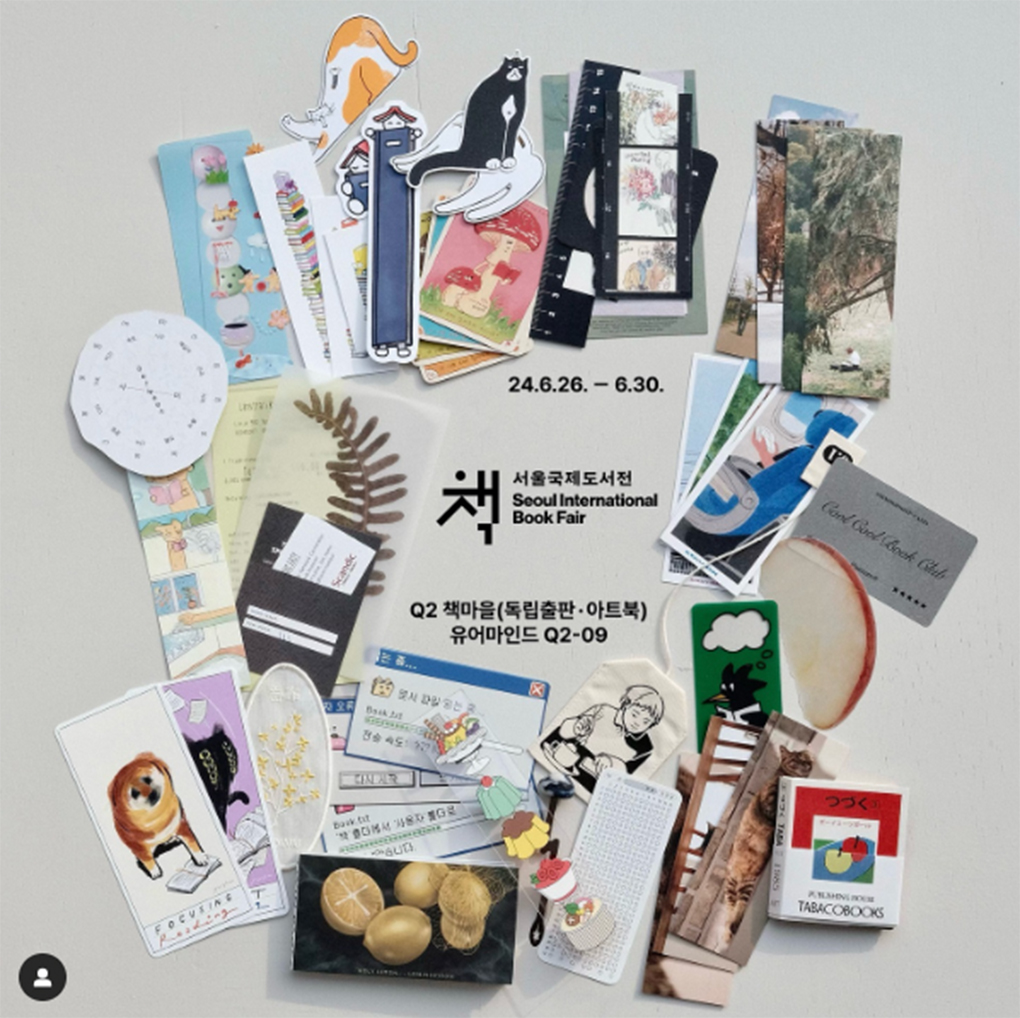
Source: Your Mind Official Instagram (@your_mind_com)
Many customers lined up early at ‘Your Mind’s’ booth to purchase limited-edition bookmarks. One item, the Apple Bookmark by artist Ok-to Lee, sold out within 20 minutes of the booth opening. Other unique designs, such as bookmarks inspired by vintage computer notification windows and tea bags, also went viral on social media.
3) Creating Your Own Book: Interactive Booths
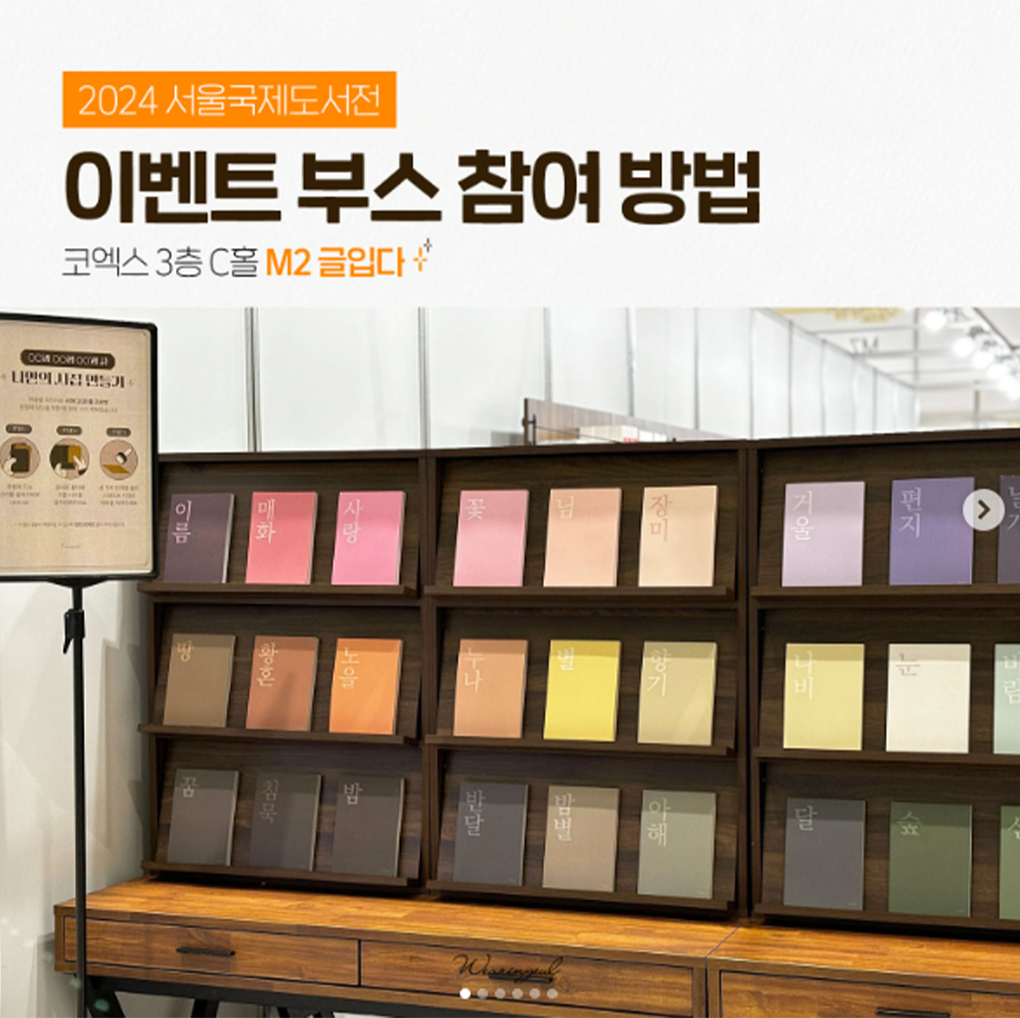
Source: Wearingeul Official Instagram (@wearingeul)
At ‘Wearingeul’s’ booth, known for its literary-themed ink, visitors had the chance to create their poetry books. The process was simple yet engaging: choose poetic phrases printed on paper, then stamp a title on the cover to craft a personalized mini-poetry collection. The activity drew long lines of visitors eager to participate.

Source: Toss Official Instagram (@toss.im)
‘Toss’ operated the ‘Money Book Store’ booth, promoting the release of ‘THE MONEY BOOK: A Financial Guide for Our Future Lives.’ Based on personal financial concerns, visitors could select the needed pages and bind them into a book at the booth. This clever marketing is seamlessly aligned with the brand's message, making it a standout example of branding and book promotion in one.
The Seoul International Book Fair offers far more than book sales and lectures. It provides a wealth of interactive content that draws visitors in, whether potential book fans or long-time literature lovers. The event presents an invaluable opportunity for marketers to catch up on the latest trends and gain booth design inspiration. If you’re in marketing, this is an event you won’t want to miss next year.
4 Are You a Book Enthusiast? Here’s the Full Course
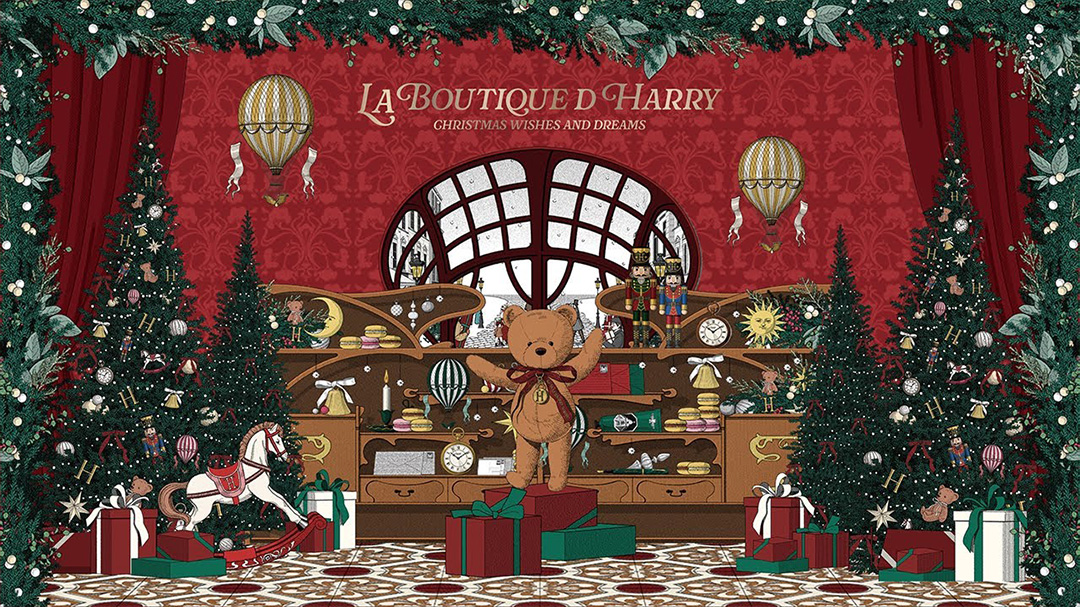
Contrary to the casual book fandom, solid, long-term programs are designed for hardcore book lovers who prefer reading physical books regularly. One example is Minumsa’s annual membership program, the Minum Book Club. For just 50,000 KRW, members gain access to an abundance of benefits, making it incredibly popular. The membership package includes ten books—three welcome titles of the member’s choice, three book club editions, and four miscellaneous books—along with exclusive merchandise like NFC keyrings and reading journals. Members also enjoy access to special events like Family Day, where they can take advantage of warehouse discounts. In 2024, the Minum Book Club became so popular that the 10,000-member limit was reached in a single day, prompting the club to expand its membership to 20,000.
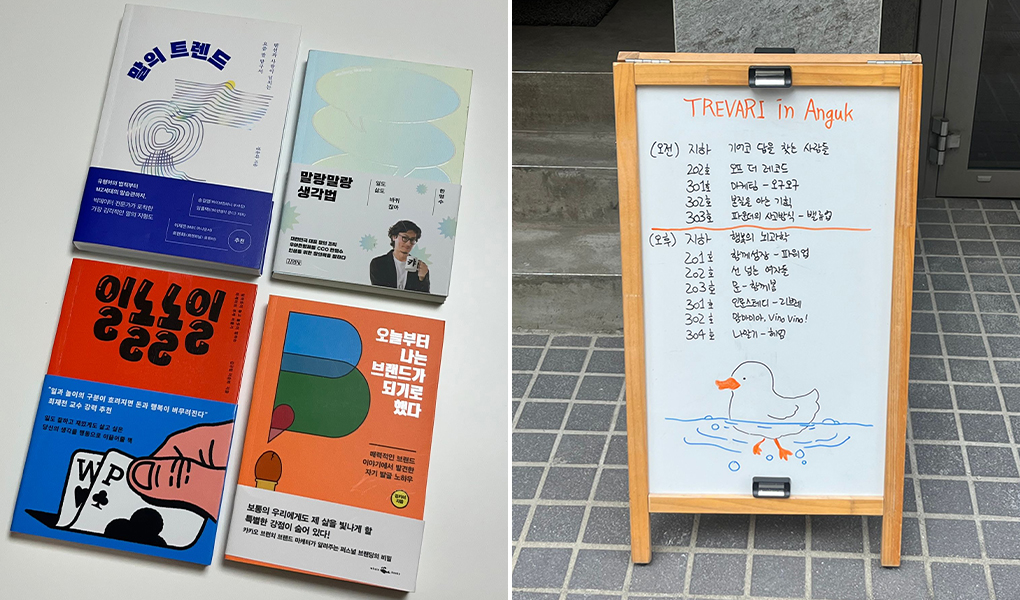
(Left)Four books I read over four months in a Trevari group
(Right)The entrance to Trevari's Anguk hideout
Another community book enthusiasts love is ‘Trevari,’ a service that connects people through books. Operating under the motto, “Make the world more intellectual and people more connected,” Trevari hosts a variety of clubs, each centered around a different theme. Members read one book each month, submit a review, and then gather at a dedicated space, or ‘hideout,’ to share their thoughts. Since the discussions are focused on a specific book, there’s no awkwardness, and exchanging ideas allows for a rich experience that expands one’s worldview. As a long-time member of Trevari myself, I’ve participated in these book discussions for several years. The membership spans four months at a time, encourages consistent reading, and offers a chance to meet new people and exchange ideas. It’s an experience I wholeheartedly recommend.
5 The Era of Text Hip
You may have heard the term ‘Text Hip.’ It’s a phrase that encapsulates the idea that reading and engaging with text has become a remarkable, trendy activity. If this column has inspired you to reflect on how you can interpret and apply the Text Hip trend to your work, it has served its purpose. One of the key insights I’ve gained from writing this series on fandom marketing is that as individual tastes become more refined, the diversity of fandoms grows in parallel. Understanding the nuanced needs of these different fan groups and tailoring your activities to meet them is essential.
#OUTRO
They say autumn is the perfect season for reading. Whether it’s a light magazine or a hefty novel, I encourage you to take a moment this fall to nourish your mind—without any pressure.😊
-
Like
1 -
Recommend
0 -
Thumbs up
0 -
Supporting
0 -
Want follow-up article
0



